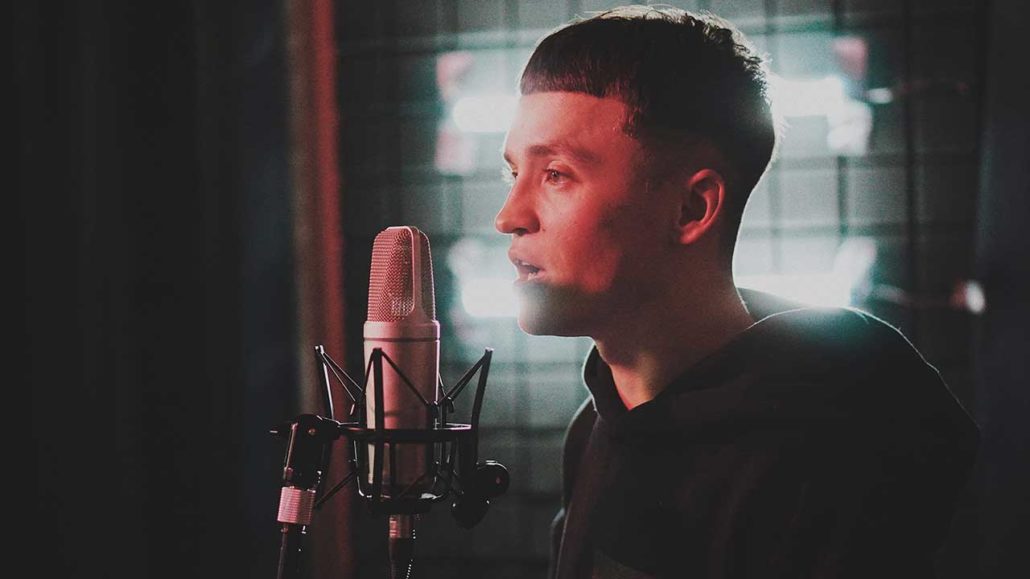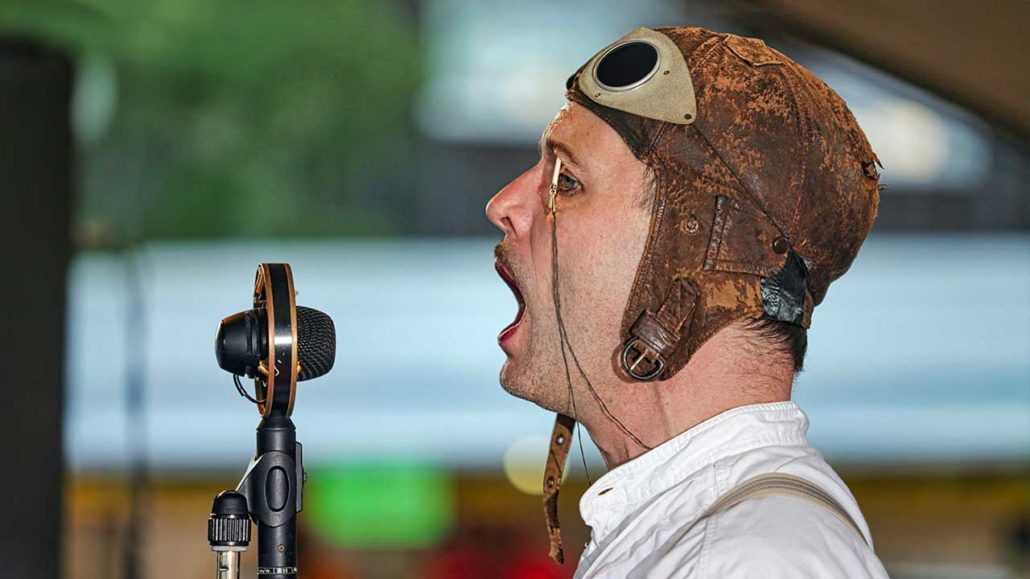
Is a Deep Inhale Needed for Contemporary Singing?
Why a Deep Inhale is Great for Your Singing
I understand that this subject is controversial. You are, of course, free to choose your own breathing technique for singing.
I’m so very passionate about this subject because I was led astray by a coach and a popular method when I was younger that didn’t work for me.
There was no internet back them. I was in my early 20’s. My thinking at the time was, “classical singing technique is for opera singers”. So I went down the path of following what I thought was the best technique for singing rock, pop and musical theater. It wasn’t. It still isn’t.
Why I feel good about recommending a deep inhale to you is that it’s backed by 400 years of recommendations by the best singers and coaches in history. And, more importantly, it works better for me than otherwise!
Long Phrases and Strong High Notes
From what I’ve seen, the pop coaches claiming that a deep inhale isn’t need for contemporary singing argue that, because phrases are shorter, less air is needed. They argue that you won’t run out of air.
This idea confuses the difference between air flow and air pressure.
Strong high notes, especially those at the end of a chorus or song, demand high air pressure. High air pressure is best generated from lungs holding plenty of air.
It’s simple physics.
The key is in knowing the difference between active and passive air pressure while singing.
Active Versus Passive Air Pressure
This is such a complex subject that I can only touch upon it here.
I do love this subject, though, and wonder why it’s so rarely taught by anyone.
When you take a shallow breath, even a medium breath, you get only a small amount of lung expansion and almost no rib cage expansion.
The elastic recoil forces from stretched lungs and an expanded rib cage make all singing much easier.
You will be using the passive recoil forces at phrase onset. They slowly diminish as you exhale.
As such, you must also master the transition from passive to active forces. Active forces come from the abdominal muscles.
With a small inhale you use up a lot of air at the start of the phrase. You have little in reserve for the big, juicy, emotionally impactful strong, sustained high note at phrase end.
You run out of juice just when you need it!
A larger volume of air is easier to compress. You exert yourself less and make it look easy. That’s what we’re after.
There’s a lot of information in the video so I’ll leave you to it.
I teach this very carefully and in greater detail, step by step in my new voice building course.
For now, enjoy the video and study the other material here about breathing. The more you expose yourself to these concepts the more you’ll eventually retain.
What I can say for certain, is that I LOVE to take a deep breath for almost every phrase of any kind.
My sound is better and I’ve learned to manage the extra, sometimes unruly air pressure at onset. I use the final piece of the puzzle, diaphragmatic co-contraction.
Be well and enjoy your day,






